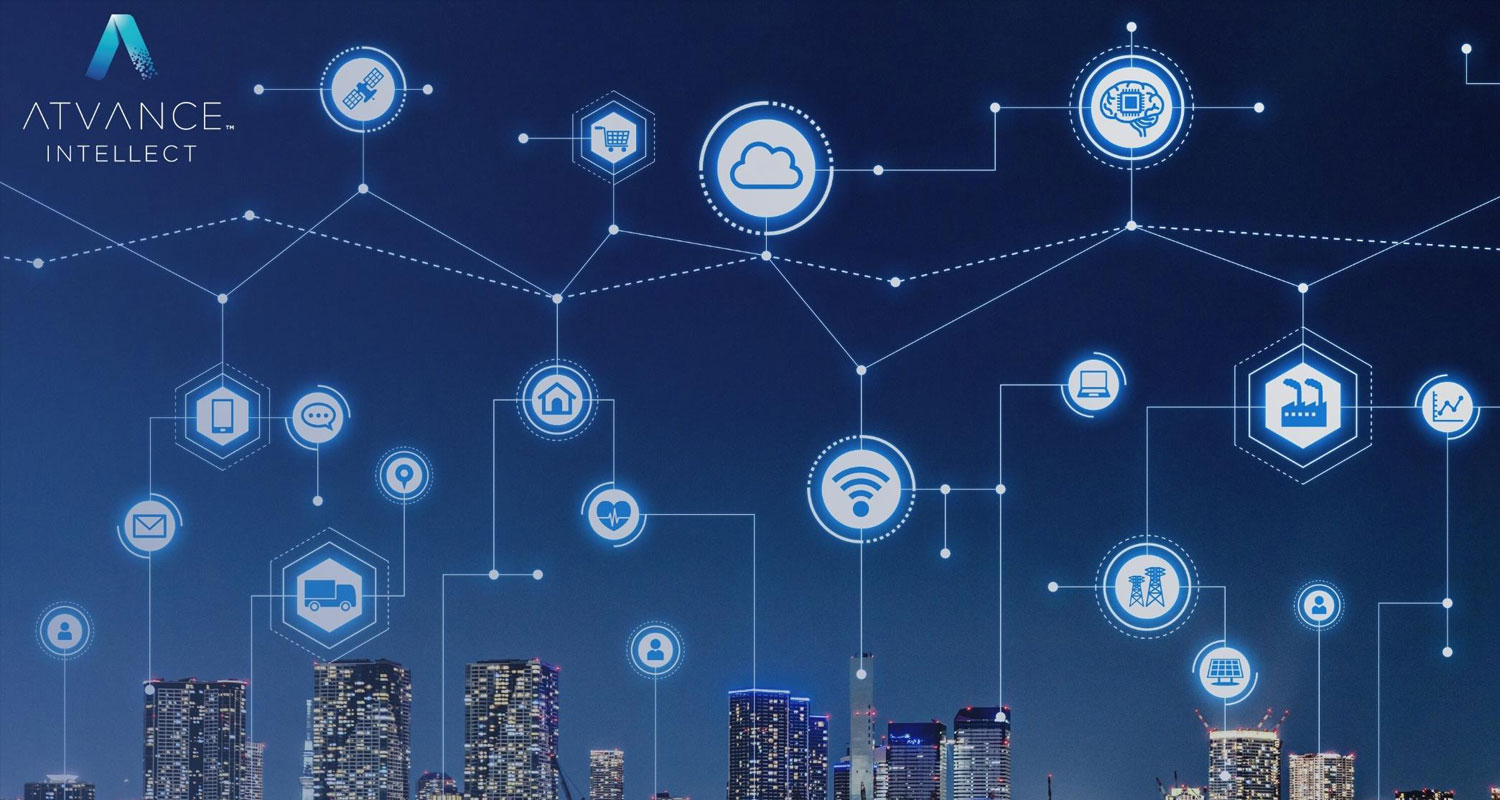 There’s plenty of hype about artificial intelligence, machine learning, automation, smart cars, intelligent devices and self-regulating systems. Cars can drive themselves. Fridges can order food. Everything as a service and a gadget.
There’s plenty of hype about artificial intelligence, machine learning, automation, smart cars, intelligent devices and self-regulating systems. Cars can drive themselves. Fridges can order food. Everything as a service and a gadget.
Yet it remains a concept that’s hard to define, as the World Economic Forum found when it asked numerous experts and city technology officers what it meant and the value it delivered. From citizen-based intelligence to strengthening public trust to widgets designed to make life easier, the answers were as varied as the technologies cited. However, the real value of the smart city perhaps doesn’t lie in the innovative “wow” factor, but more in the reliability factor. As Simon Ric-Hansen, senior solutions architect at Atvance points out, it’s the efficiency of city functions that citizens can rely on.
For more, visit atvance.tech
“Healthcare, transportation, citizen services and utilities are all incredibly important moving parts within the city, smart or not, and if they can be calibrated to work together to provide services for people, then they are achieving the true goal of the smart city,” he explains. “This makes the data the real core of this intelligent urban landscape. With the right tools and analytics, data provides an overview of everything and is the key to efficiency.”
The smart city shouldn’t be about tracking people, it should be about using real-time device data to improve real-time decision making allowing for services to be enhanced and transformed effectively. This then translates to measurable lifestyle improvements for its citizens. Public transport is perhaps one of the most perfect steps in this direction because efficient public transport needs to answer one key question: can people depend on it?
“People don’t want to stand and wait for a bus or a train that’s running late or that’s never going to arrive,” says Ric-Hansen. “They need to know if the schedule has changed or if the transport system is down because they have to get to work, fetch their children and manage their lives. They need to get where they want to go without friction. The same applies to other services such as electricity and water – they need to run smoothly, optimally. This is true intelligence. Cities want the ability to know there is a problem before it happens, and the ability to resolve it before it becomes a crisis.”
The goal is to leverage data, analytics and intelligent insights to get departments and services that haven’t worked together in the past to come together into something cohesive, into an ecosystem of smart collaboration. Many work in their own silos and don’t think of consolidating the data across the different municipalities and services, but this can be transformative. If the data is collated and shared, then the right people have access to information that can be used to shift processes, change approaches and optimise services.
Relevant foundation
“Using data and analytics in such a cohesive way will ensure that every service and system can be optimised properly, and if the right tools are embedded then the information will be accessible,” says Ric-Hansen. “Often data is complex and challenging for users to navigate, but if this is filtered through a dashboard that curates the information in a way that makes it easy to interpret, then users are immediately empowered. If all the information sits in one system, then the city can build on this to create a truly organic and relevant foundation.”
Smart is the ability to monitor services in real time and provide insights and alerts to relevant systems and people in the event of a failure or crisis. It’s in making intelligence a business tool for the municipality so decision makers can detect patterns and trends that allow them to remove or identify bottlenecks. And it is in using data to map service delivery in simple ways that can effect remarkable change.
“Consider something as innocuous as waste collection systems,” says Ric-Hansen. “The real-time container data can tell if certain areas have increased disposal and require increased collection based on current trends. This information can then be used to add more trucks or refine routes to ensure citizen service delivery. This data can even be drilled down to container level, where instead of waiting for a fill signal from the container for collection scheduling, previous trends in the data can be used to predict when the container will hit its weight limit, allowing proactively scheduling of the collection routes to increase efficiency. Telemetry data from the vehicles can also be used to refine routes to reduce fuel consumption which, in the current climate, is immensely valuable.”
If all the information sits in one system, then the city can build on this to create a truly organic and relevant foundation
These simple touchpoints of intelligence form the true foundation of the smart city. They are the constant refinements of processes and systems to save money, improve service delivery and build citizen trust. Using data and intelligent analytics tools, cities can provide citizens with updated public transport information that minimises wait times and inconvenience; they can alert drivers to accidents long before the delays become queues; and they can identify trends and problems and resolve them properly.
The smart city can be wow, innovation and self-driving cars, but most importantly it’s streamlined service delivery and notable efficiencies that transform quality of citizen life.
About Atvance Intellect
Atvance Intellect helps organisations attract new customers, optimise processes, and drive sustainability, profit and growth by assisting them to leverage their intellectual capital. Bringing together all the secure data sources that a company has at its disposal, we apply data to every question, decision and action, transforming it first into information, and then into actionable intelligence to maximise business objectives and goals.
Our deep understanding of the data-driven technology landscape inspires us to find new and innovative ways of unlocking value, helping you better understand your business landscape and achieve your objectives. We take all your data points and sources and turn them into assets that can translate into growing a successful business.
For more, visit atvance.tech, or learn more about Atvance Intellect’s Simon Ric-Hansen and Sean Raubenheimer.
- This promoted content was paid for by the party concerned




